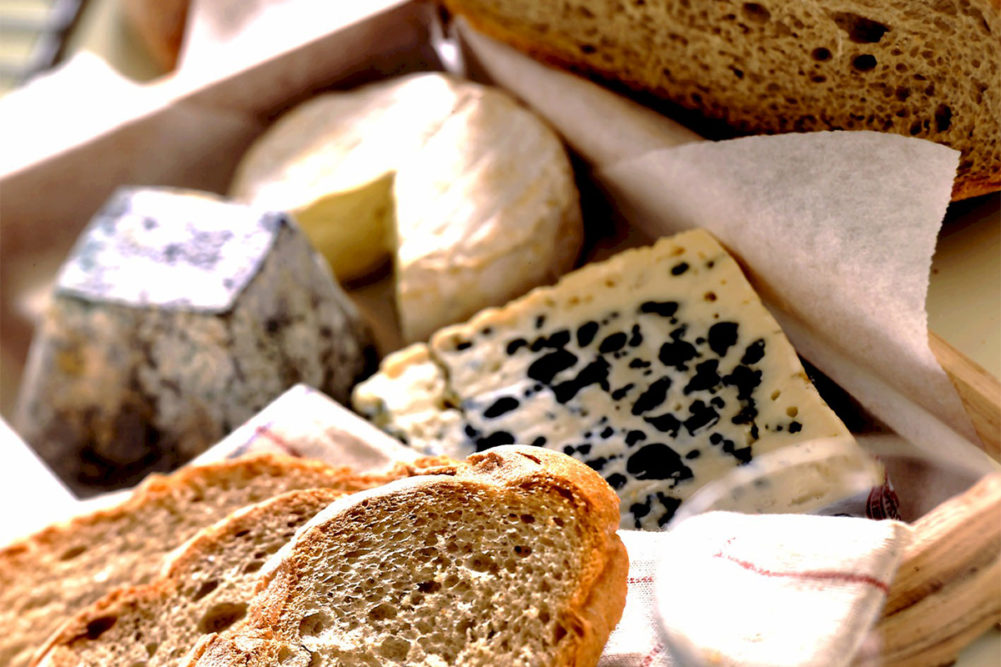Gums and hydrocolloids offer a lot of benefits to food formulations, but they aren’t without their challenges. And in baking, there’s less room for error.
“In other applications we work in, there can be some leeway when adding hydrocolloids and gums, but there is not a lot of leeway in the baking world,” said McKenna Mills, senior technical services specialist for bakery, Cargill.
The most critical piece to ensuring hydrocolloids and gums are optimized is hydration. Without hydration, these ingredients simply don’t function.
“Formula ingredients such as gluten and other proteins; salt; sugar; dry powders like egg, milk, whey and soy; and fiber compete for the water added into the formulation and may slow or inhibit hydration of the hydrocolloids,” explained Becky Regan, PhD, principal application scientist, sweet goods bakery applications at IFF — Nourish Division.
Because of this, it’s critical that bakers ensure there is enough water available in the formulation to hydrate gums and hydrocolloids in addition to any other thirsty ingredients.
“Generally speaking, gums should be well combined with the other dry ingredients in the formula before adding the wet ingredients, as this will ensure the gums hydrate efficiently during mixing and resting steps,” said Olivia Benton, food technologist, food systems, Ingredion Inc.
Hydration isn’t the only component in gum functionality. Temperature, pH, shear and even other ingredients in the mixing bowl can have an impact on effectiveness.
[Related reading: Gums, hydrocolloids offer benefits beyond texture]
“The functional properties of some hydrocolloids are affected by ions contributed by ingredients like the sodium, potassium and chloride in salt and the calcium in milk, which can have a positive or negative effect on their functionality,” Dr. Regan said.
Hydration helps gums and hydrocolloids dissolve into the batter or dough, but temperature, particle size and shear forces also play important parts in solubility. Hydrocolloids with smaller particle sizes, for example, will solubilize more quickly than larger or aggregated particles, Dr. Regan pointed out.
As with most aspects of a bakery formulation, however, the meeting of time and temperature have an important part to play.
“Hydrocolloids and gums really require a certain temperature to ensure they completely dissolve,” Ms. Mills said. “This temperature has to be maintained over a certain period of time to ensure solubilization.”
For certain applications, however, cold-soluble hydrocolloids can solubilize very quickly in a dough or batter. If a bakery needs a hydrocolloid for one function, such as crumb hardness, Ms. Mills said, a cold-soluble carrageenan can be preferable. However, these types of hydrocolloids aren’t going to work well when multiple benefits are needed, or in the case of fillings.
Some hydrocolloids like pectin are sensitive to changes in pH. Without the proper pH in the formula, Ms. Mills said bakers won’t see pectin providing the stability it typically delivers to fillings.
The mechanical action of the mixer can also provide a way for bakers to ensure they are getting the most out of their gums and hydrocolloids. One of the major functions of the mixer is to hydrate ingredients, so an effective mixing action is going to be critical for proper hydration and solubility. But an effective mix doesn’t always mean mixing more aggressively or for longer.
“Sometimes if you’re mixing it too heavily you might run into issues, but if you’re mixing it too lightly, you’re not going to get that hydrocolloid hydrated,” Ms. Mills said. “You don’t want to add a ton of these ingredients into the formula and only half of it is actually working.”
She recommended studying the batter or dough in a micro lab to evaluate whether all of the ingredients have reached their optimal functionality. Sometimes changes can be made to the mixing process itself to fully hydrate and dissolve the hydrocolloids and gums, and bakers find they can use even less in the first place with a more efficient process.
This article is an excerpt from the November 2021 issue of Baking & Snack. To read the entire feature on Gums & Texture, click here.






